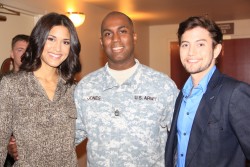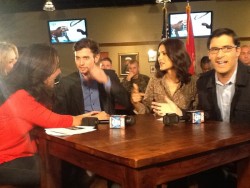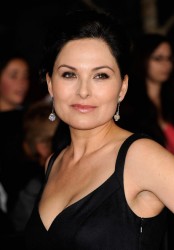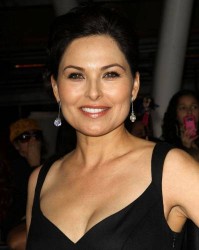Shouting Secrets
is a story of a splintered Indian family trying to connect in a time of
crisis. It is the first feature film by Korinna Sehringer, and stars
some of Indian country’s leading talent, both veteran and up-and-coming.
Siblings
Wesley (Chaske Spencer), Pinti (Q’orianka Kilcher) and Tushka
(Tyler Christopher) must get along with their father
Cal (Gil
Birmingham) when their mother June (Tantoo Cardinal) becomes seriously
ill. Each of the kids is finding their way in the world, some
fumblingly: Wesley has become successful and famous for writing a
tell-all book about growing up on the rez; Tushka is in a failing
marriage and straying; Pinti is pregnant with a white underachiever’s
baby.
The film debuted at the
American Indian Film Festival,
where it won the award for Best Film. Days before that first screening,
Indian Country Today Media Network spoke with Korinna Sehringer as she
was putting the final touches on the print at her home base in Munich,
Germany.
How did you, a Swiss-born, Europe-based filmmaker, come to make a movie about American Indians?
We were searching for a universal family story. This story could
happen with a family at the North Pole, South Africa, Venezuela. And
since it’s a universal story, we said, let’s put it in a setting that
we’re not so familiar with.
So you didn’t start out with an inherently Native story—how did you go about putting it in that setting?
I started writing it with Mickey Blaine,a young Caucasian writer I
had met through a mutual friend in L.A. I saw his one woman show “pipe
dreams” which was simply amazing writing work and his ultra low budget
feature “Commit” and decided to work with him because I felt he is very
talented. He wrote the first 4 drafts of the script. The story is his. I
felt the story and script needed a better dramatic structure and the
humor needed to come out through the culture. That’s were Steven Judd
[Kiowa/Choctaw] and Tvli Jacob [Choctaw] came in and did a great job. It
was a fruitful collaboration and one could not have done without the
other. I thought it was interesting to see that especially the scenes
where the Caucasian and the Native American cultures collide turned out
to be the funniest. Steven and Tvli could tell me, “Yes, that’s what we
are, those are our jokes, this is our culture.” And we put so many jokes
into the script—when we did our last table reading, we were dying
laughing. A lot of those jokes didn’t end up in the film; the film we
made is definitely a family drama. It has some humor in it, and it’s
overall a hopeful story.
What were your guiding principles for assembling what turned out to be a very impressive cast?
We did extensive research for casting. I wanted fresh faces, but
faces with experience. I found Q’orianka Kilcher through a YouTube clip.
And then when I was interviewing her, I asked for recommendations and
she suggested Chaske Spencer. Tantoo Cardinal was the exception; she’s
the grande dame of Native cinema. Getting her for this film was our
dream.
How did you find shooting on the San Carlos Apache Reservation?
The reservation is an incredible mix of beauty and hardship; for a
filmmaker it’s fascinating because of that contrast. We didn’t have to
change anything. We found a family that would let us shoot on their
property. This 50-person crew shows up, invading their living space, and
yet—they were cooking for us. They made us frybread. And then suddenly
the neighbors are cooking frybread, and then they made a soup and had
everybody over for dinner. And it was delicious.
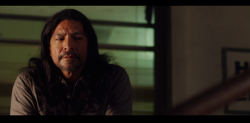
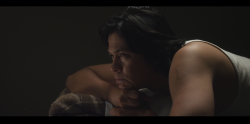
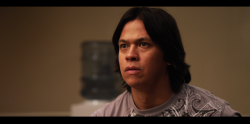
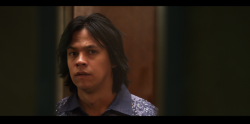
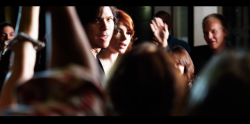
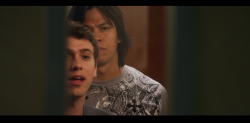

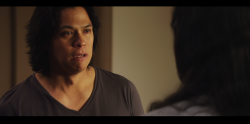
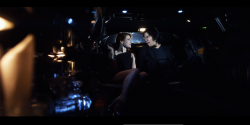
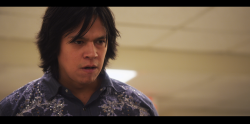

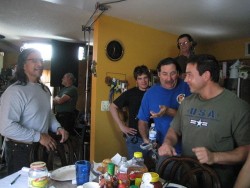


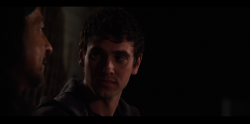

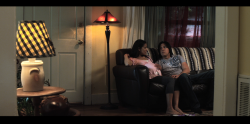
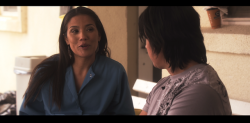
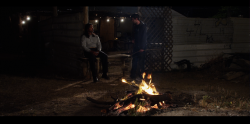
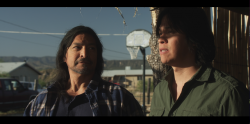
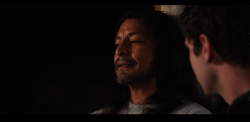
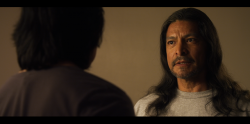
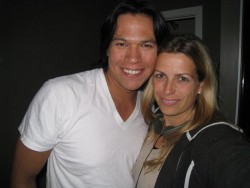
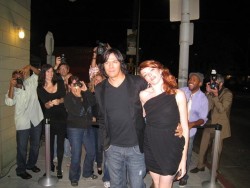
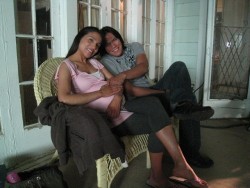
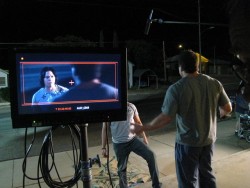

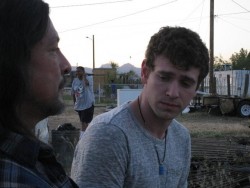
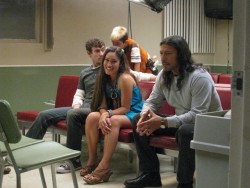

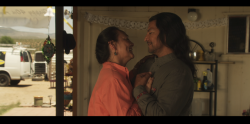
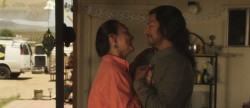
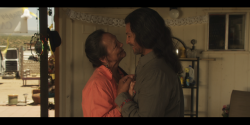
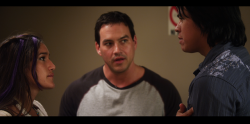
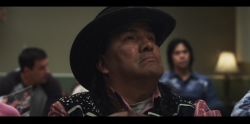
 Were there any drawbacks to shooting on reservation lands?
Were there any drawbacks to shooting on reservation lands?
It wasn’t really a drawback, but one time I wanted to shoot a scene
in a particular location and was told I couldn’t film there because it
was sacred. That turned out to be a really lucky development, because it
made us look for another location, and when we did, we found one that
is just stunningly beautiful. It was perfect—better than the original
spot—for what is really a climactic scene in the movie.
What—if anything—do you feel this film could accomplish, culturally speaking?
There’s a preconception that today the Native Americans who live on
the reservations all have drug problems or are all alcoholics. This
movie can show that’s a misconception. Yes, there are problems, but
these are people trying to live their lives. White people have problems
too. When the cast read the script, they were like, Yes—finally we can
play real people, we don’t have to ride a horse or be alcoholics.














